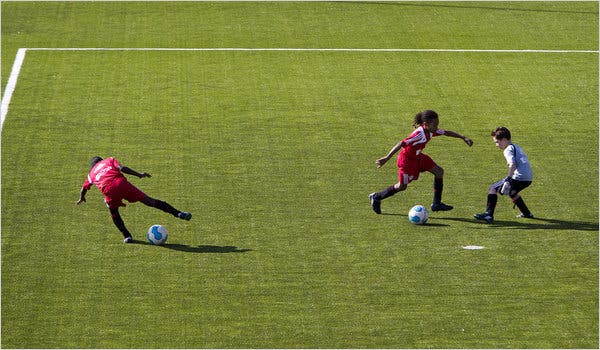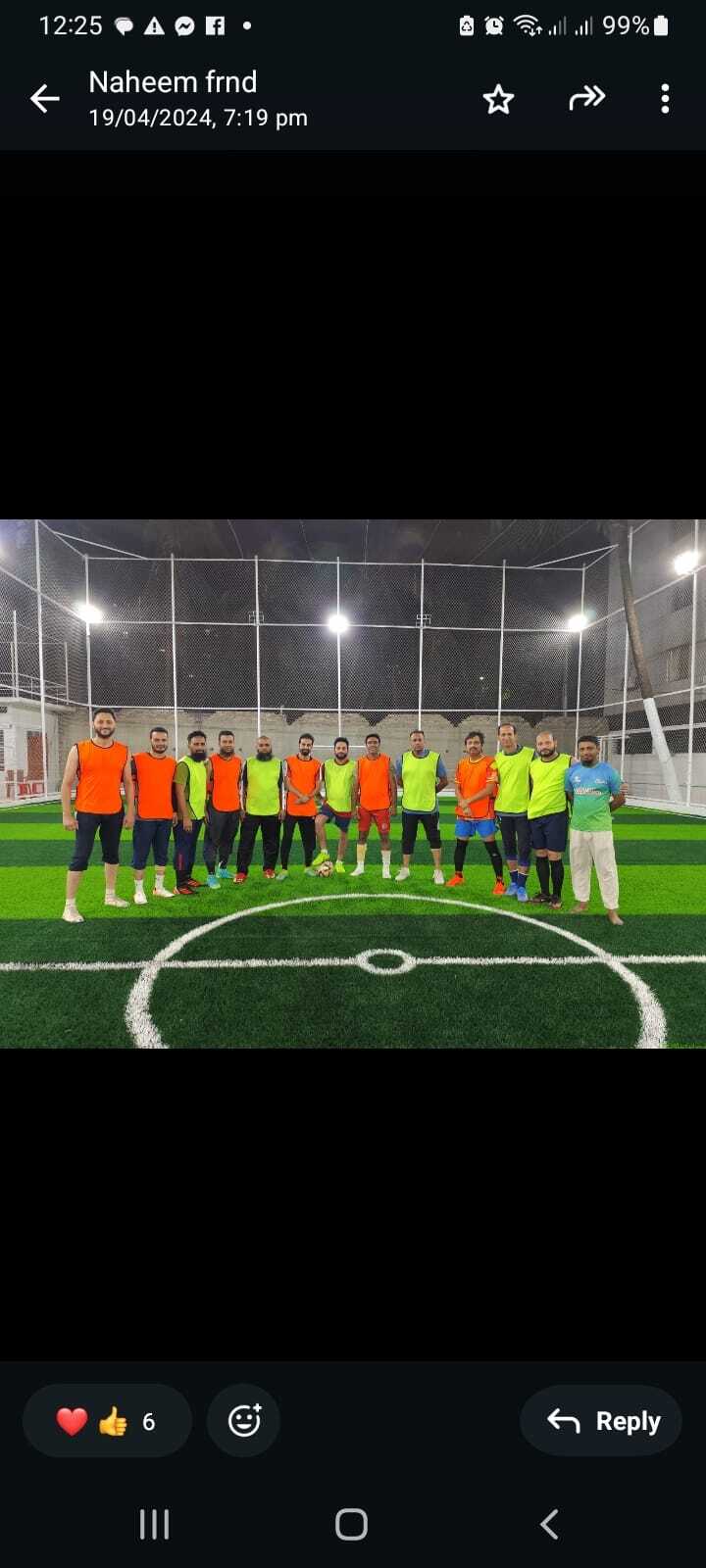How My Playing Style, Mindset, and Motivation Changed Through the Years
I still remember the first time I kicked a soccer ball — barefoot, in a dusty field behind our school in Chittagong. The ball was old and half-deflated, but that didn’t matter. What mattered was that it rolled, and when I hit it with my left foot, it flew.
That moment sparked something in me. I didn’t know it then, but that simple kick was the beginning of a lifelong journey — one that would shape who I am as a man, a father, and a believer.
I’m Mesbah Uddin, and this is the story of how I’ve evolved as a left-footed striker — not just in terms of how I play, but how I think, grow, and connect through this beautiful game.
The Early Days — Raw Energy and Instinct
In my early years, I didn’t know the meaning of “tactics” or “positioning.” All I had was energy, hunger, and my naturally strong left foot. I would run at defenders with full speed, not thinking twice about strategy. I loved the thrill of trying to dribble past everyone, and even if I lost the ball 10 times, I’d chase it down again and again.
Most of my goals came from chaos — loose balls, rebounds, or just being in the right place at the right time. I didn’t have great technique, but I had passion and a lot of heart.
There was a certain rawness to my game back then. I didn’t overthink. I just played.
Looking back now, those unstructured games taught me a lot about determination. There were no referees, no substitutes, no structured teams. Just friends, goals made from slippers, and endless enthusiasm. And in that chaos, I discovered the beginnings of who I was on the field — an aggressive forward, fast with the ball, always aiming to score.
Learning Control — From Street Matches to Structured Play
As I got older, I started playing more organized matches. The chaos of the street was replaced by rules, positions, and proper formations. This was when I first started understanding what being a “striker” really meant.
I realized that being a good striker wasn’t just about speed or power — it was about timing, awareness, and decision-making.
I remember a game where I missed an easy opportunity because I tried to dribble past the last defender instead of passing to a teammate who was wide open. Our team lost, and the coach had a long talk with me afterward. That was a turning point — I started watching professional matches, studying how strikers like Raul, Del Piero, and later, Lionel Messi (my favorite) played.
I also began noticing something that set me apart: my left foot. Most defenders were used to right-footed players, and I could often catch them off guard with my angle of approach and shooting style. I worked on perfecting my left-footed crosses and shots. Even though I wasn’t two-footed, I used my strength as a lefty to be unpredictable and sharp inside the box.
I learned to curve the ball around defenders, aim for the far post, and keep my head up when receiving a pass. I wasn’t just running anymore — I was thinking.
From Speed to Strategy — Soccer in My 30s
In my 30s, the game began to change for me again. I wasn’t the fastest player on the field anymore, but I didn’t need to be. I started relying more on positioning, passing, and game intelligence.
This was also the time when I truly embraced teamwork. I started playing regularly with a close group of friends — some from school, some from work. We understood each other’s strengths and styles, especially players like Jyoti and Ansaruddin Hamid. We built chemistry through quick one-twos, through-balls, and clever runs.
As a striker, I focused more on creating space — sometimes drawing defenders away, sometimes making sneaky runs behind the backline. I became more patient. Instead of rushing a shot, I’d look up, take a touch, and place it.
And when the goals came, they felt more meaningful. They were well-earned, often the result of thoughtful buildup play rather than solo runs.
Passing on the Game — Playing with My Kids
Now in my 40s, I still play regularly every Friday — but something beautiful has been added to my soccer journey: playing with my children.
My son Munasir is curious about the game, and I love spending time teaching him how to pass, shoot, and control the ball. Sometimes, he surprises me with his awareness or an instinctive move that reminds me of my younger self.
My daughters Manha and Aisha also join in. With them, it’s less about drills and more about joy. We laugh, chase the ball across the backyard, and sometimes even play 3-on-1 against me (and they usually win!). These moments are pure, filled with connection and laughter. They’re not just learning soccer — we’re creating memories.
Read also: Why I Still Play soccer Weekly after 40 — My Passion, Routine & Life Lessons
The Role of Faith — Islam and My Soccer Mindset
As a practicing Muslim, I see soccer as more than just a physical activity. It’s a way to honor my health, build brotherhood, and reflect discipline.
Every Friday, I attend Jummah prayers, and right afterward at around 7 pm, I join my friends for our weekly game. There’s something spiritually refreshing about combining worship and play in one day. I always begin with the intention of staying healthy, building bonds, and keeping my body fit — the body Allah has entrusted to me.
Islam has taught me about balance — between work and rest, between striving and accepting. Soccer has helped me live that balance. It’s my way of staying grounded, physically and mentally.
My Style Today — The Mature Striker
At 42, my style of play has completely transformed from the wild, chaotic days of my youth.
- I don’t rely on speed anymore — I rely on timing.
- I don’t dribble endlessly — I look for the quick pass.
- I don’t chase every ball — I read the game and make smarter moves.
- I play not just to score — but to enjoy, connect, and inspire.
Sometimes I surprise younger players with a sudden sprint, a smart through-ball, or a curling shot with my left foot. Those moments remind me that while age might slow your body, it sharpens your mind — if you stay in the game.
Final Thoughts — My Evolution Continues
Soccer is a part of my identity. It has taught me resilience, teamwork, strategy, and joy. My journey as a left-footed striker isn’t just about goals or trophies — it’s about growth.
I play differently now, with more thought and less ego. I play with purpose — for my health, my happiness, and the connection it gives me with my children, my friends, and my faith.
And I’m not done. As long as I can run, as long as my kids want to kick the ball around, as long as my friends call on Friday afternoons — I’ll keep playing.
Because this left foot still has stories to write.





